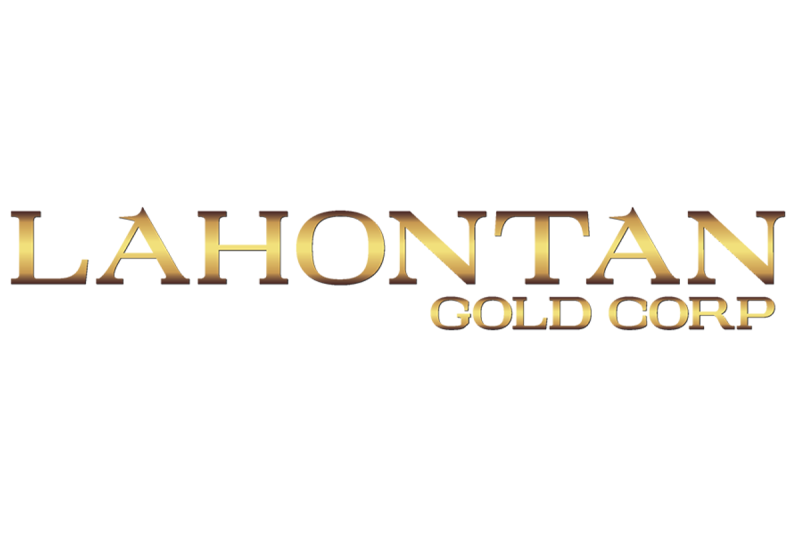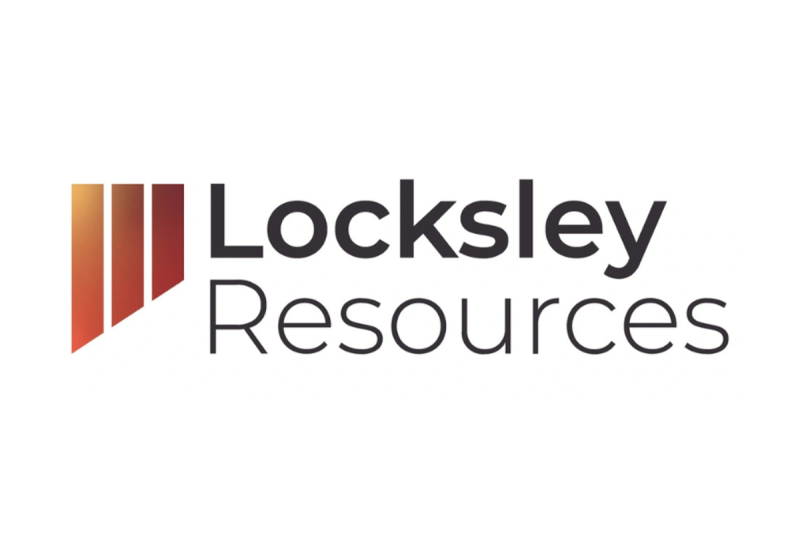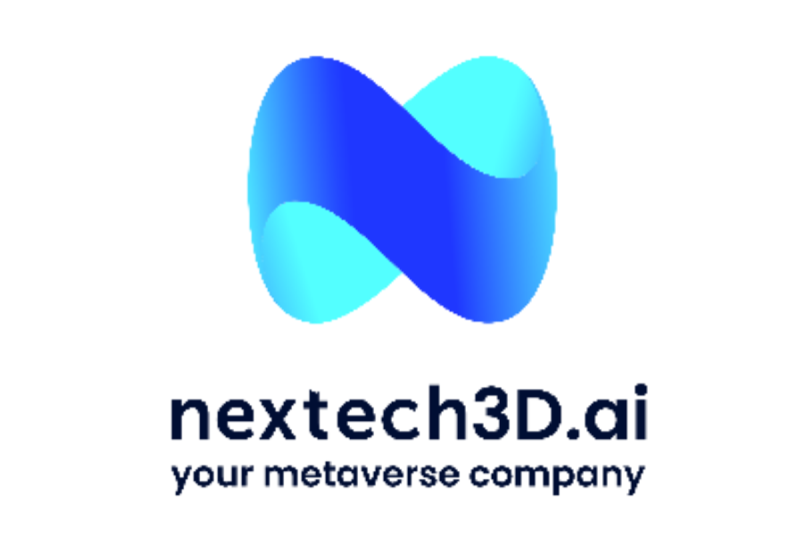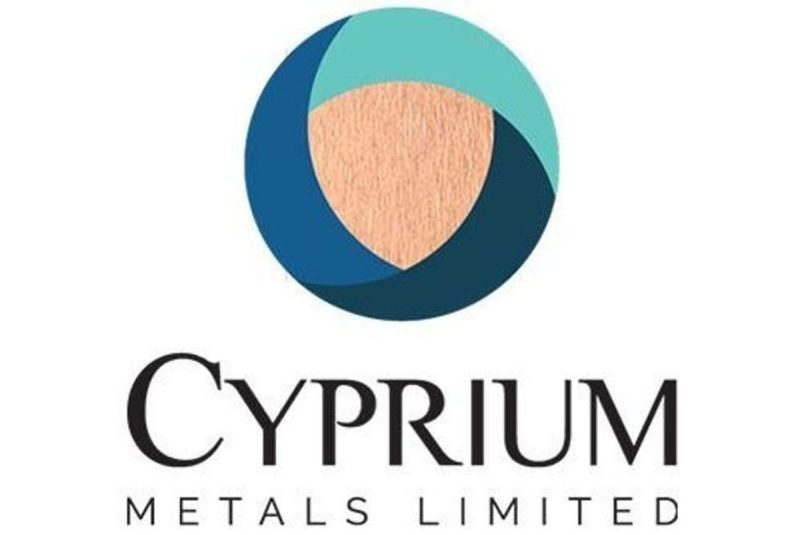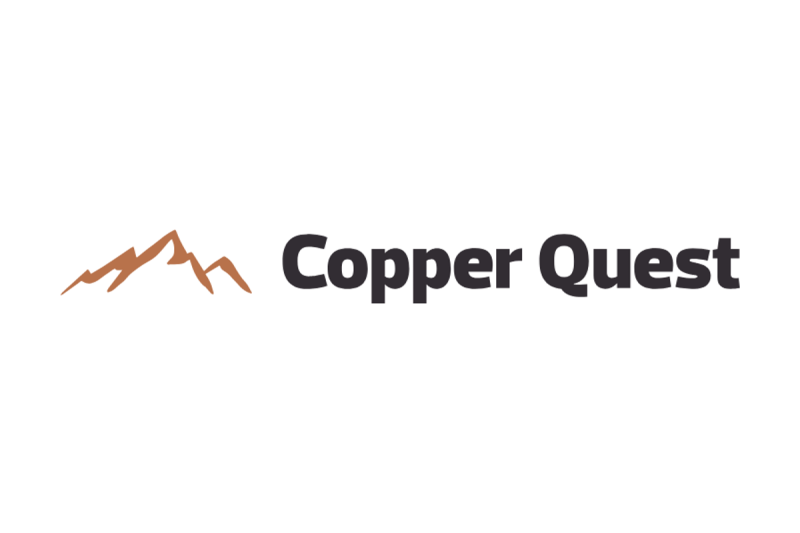Empire Metals Limited, the AIM-quoted and OTCQX-traded exploration and development company, is pleased to announce the appointment of Canaccord Genuity Limited (‘Canaccord‘) as joint corporate broker with immediate effect. Canaccord will work alongside S. P. Angel Corporate Finance LLP and Shard Capital Partners LLP.
For further information please visit www.empiremetals.co.uk or contact:
|
Empire Metals Ltd Shaun Bunn / Greg Kuenzel / Arabella Burwell |
Tel: 020 4583 1440 |
|
S. P. Angel Corporate Finance LLP (Nomad & Joint Broker) Ewan Leggat / Adam Cowl |
Tel: 020 3470 0470 |
|
Canaccord Genuity Limited (Joint Broker) James Asensio / Christian Calabrese / Charlie Hammond |
Tel: 020 7523 8000 |
|
Shard Capital Partners LLP (Joint Broker) Damon Heath |
Tel: 020 7186 9950 |
|
Tavistock (Financial PR) Emily Moss / Josephine Clerkin |
empiremetals@tavistock.co.uk Tel: 020 7920 3150 |
About Empire Metals Limited
Empire Metals Ltd (AIM:EEE and OTCQX:EPMLF) is an exploration and resource development company focused on the rapid commercialisation of the Pitfield Titanium Project, located in Western Australia. The titanium discovery at Pitfield is of unprecedented scale and hosts one of the largest and highest-grade titanium resources reported globally, with a Mineral Resource Estimate (MRE) totalling 2.2 billion tonnes grading 5.1% TiO₂ for 113 million tonnes of contained TiO₂.
The MRE, which covers only the Thomas and Cosgrove deposits, includes a weathered zone resource of 1.26 billion tonnes at 5.2% TiO₂ and a significant Indicated Resource of 697 million tonnes at 5.3% TiO₂, predominantly from the Thomas deposit. Titanium mineralisation at Pitfield occurs from surface and displays exceptional grade continuity along strike and down dip. The MRE extends across just 20% of the known mineralised footprint, providing substantial potential for further resource expansion.
Conventional processing has already produced a high-purity product grading 99.25% TiO₂, suitable for titanium sponge metal or pigment feedstock. The friable, in-situ weathered zone supports low-cost, strip mining without the need for blasting or overburden removal.
With excellent logistics and established infrastructure, including rail links to deep-water ports with direct access to Asia, the USA, Europe and Saudi Arabia, Pitfield is strategically positioned to supply the growing global demand for titanium and other critical minerals.
Empire is now accelerating the economic development of Pitfield, with a vision to produce a high-value titanium metal and/or pigment quality product at Pitfield, to realise the full value potential of this exceptional deposit.
The Company also has two further exploration projects in Australia; the Eclipse Project and the Walton Project in Western Australia, in addition to three precious metals projects located in a historically high-grade gold producing region of Austria.
This information is provided by RNS, the news service of the London Stock Exchange. RNS is approved by the Financial Conduct Authority to act as a Primary Information Provider in the United Kingdom. Terms and conditions relating to the use and distribution of this information may apply. For further information, please contact rns@lseg.com or visit www.rns.com.
Source
Click here to connect with Empire Metals Ltd (AIM:EEE and OTCQX:EPMLF) to receive an Investor Presentation



